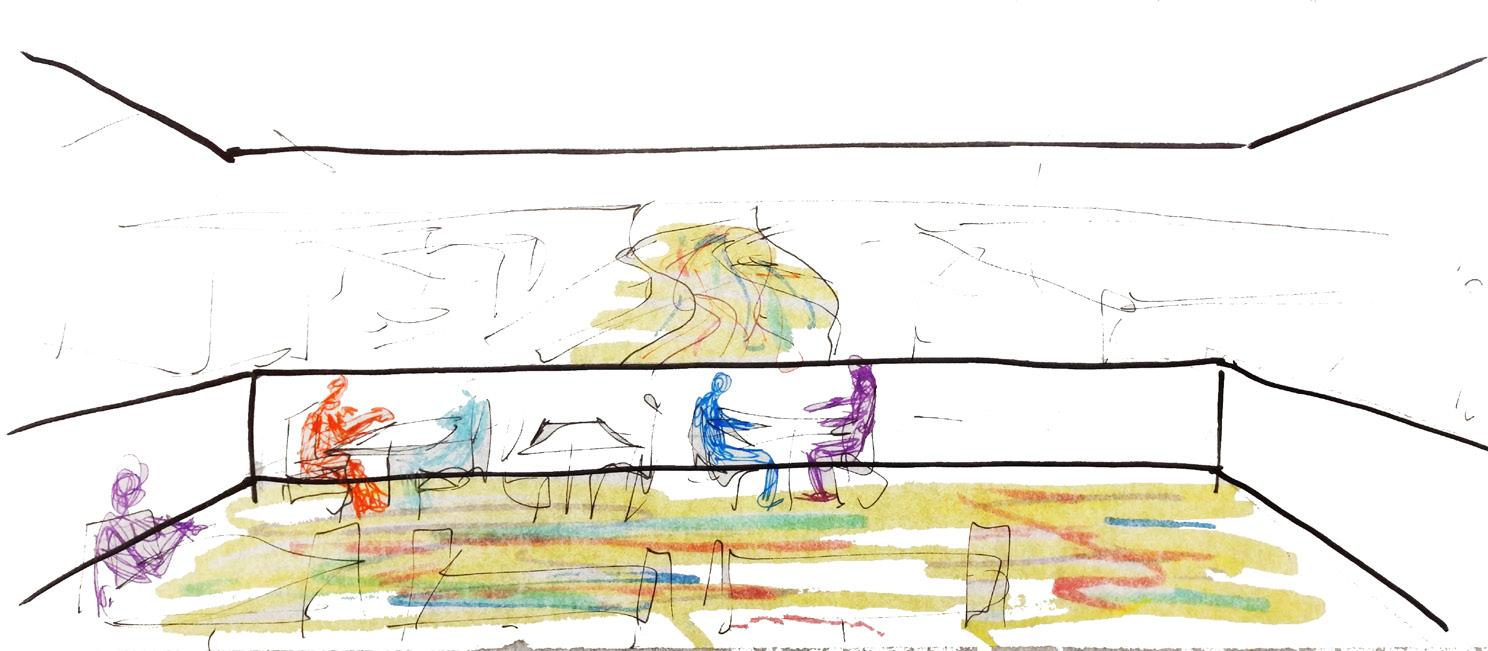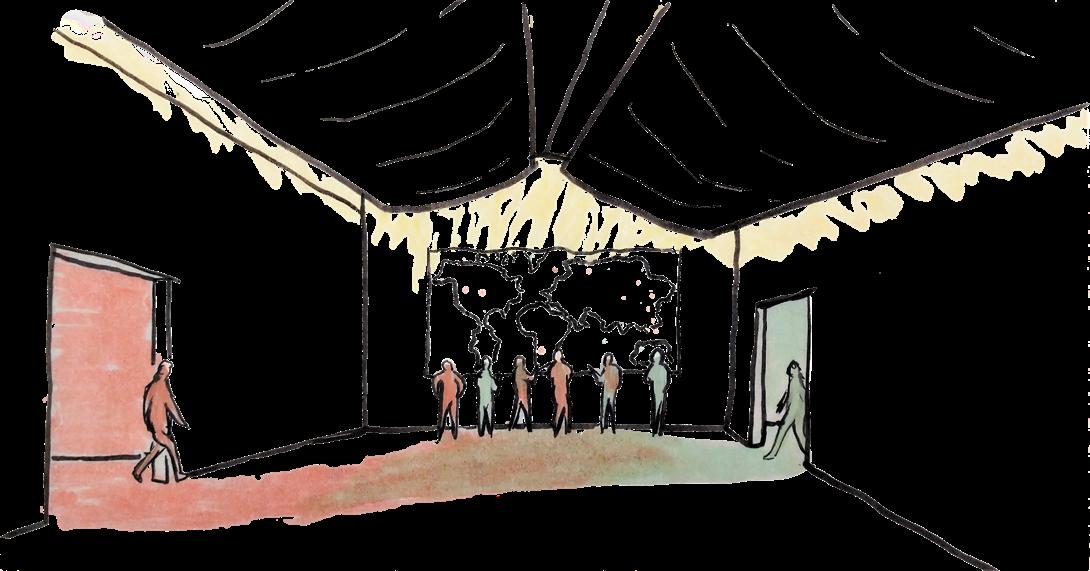
2 minute read
SAMONA SAMONA
PROJECT TYPE - STUDIO DESIGN PROJECT YEAR 3 - SEMESTER 2
PROFESSOR: WENDY ORNELAS
Advertisement
HOW CAN A MUSEUM PROMOTE CHANGE IN SOCIETY?

Today, more than 40 million people living in the United States were born in another country. Additionally, much of the history in the United States is a result of the melting pot of people from all around the world. However, with people of different cultures mixing, disputes and prejudice can lead to hostility seen throughout American history.
To me, a lot of the prejudice stems from fear-of-the-unknown, and the mission of The SAMONA is to convert that fear into curiosity and ultimately lead to an understanding of one another. This happens from the beginning to end of ones journey through the museum. They are lead through series of galleries that educate, allow interaction, and provide places for reflection where one may strike up conversation with other visitors and become more familiar with each other. Ultimately, leading to less prejudice and more understanding and acceptance.
SAN ANTONIO, TEXAS EXCHANGE CONCEPT
As a part of the San Pedro Creek Renovation in Phase 1, The museum would fill in a portion of the project next to the historic Alameda Theater [above]. With the nature of the river project connecting multiple parts of San Antonio together, the museum would become an integral part of the project, representing multiple cultures coming together

The phrase “The more we know each other, the more familiar and accepting we are to people with different backgrounds” is what motivated the core concept of the project. This produced the ‘exchange theme, where people would present, share, and reciprocate their own stories, experiences, and culture.

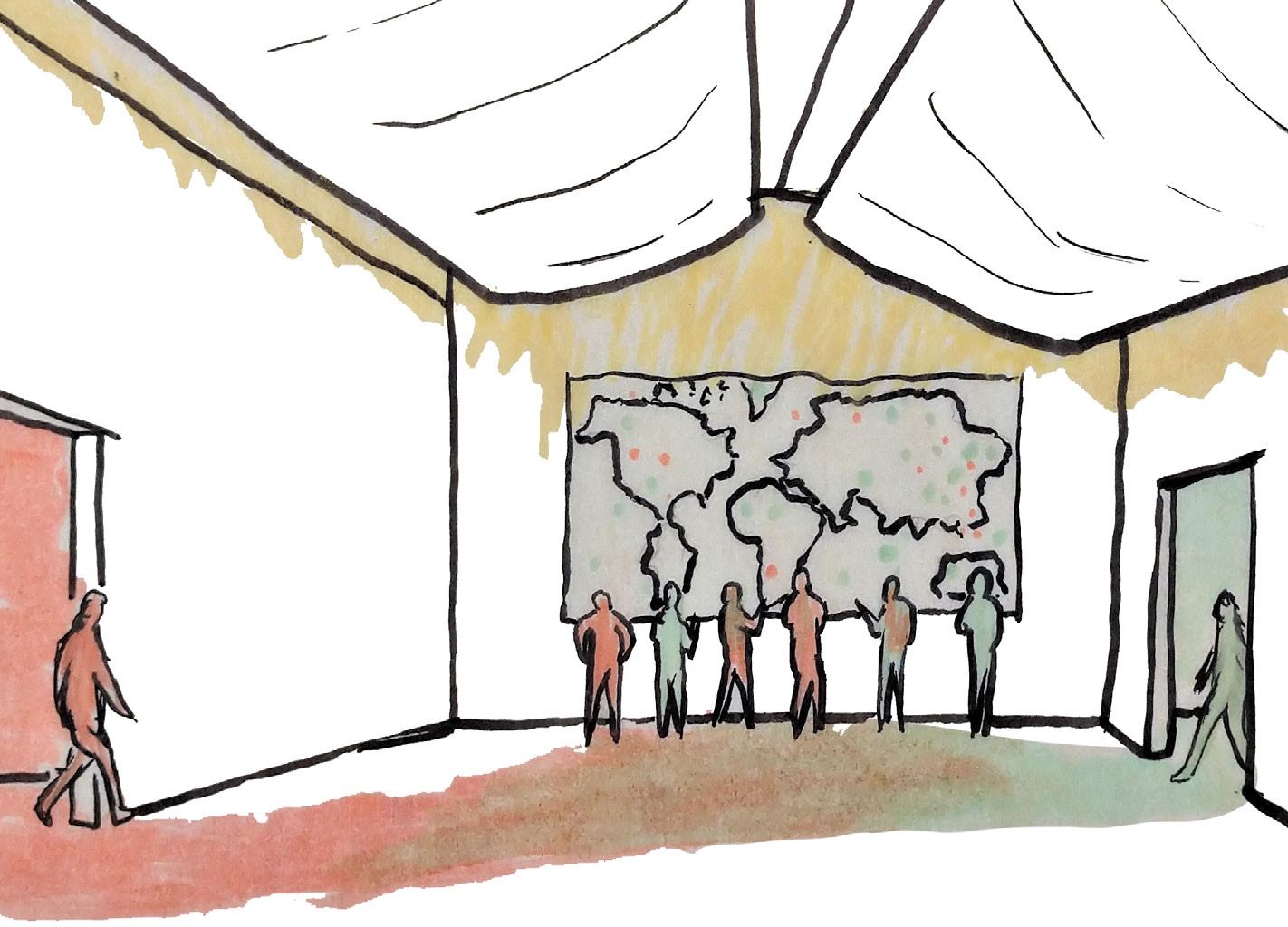
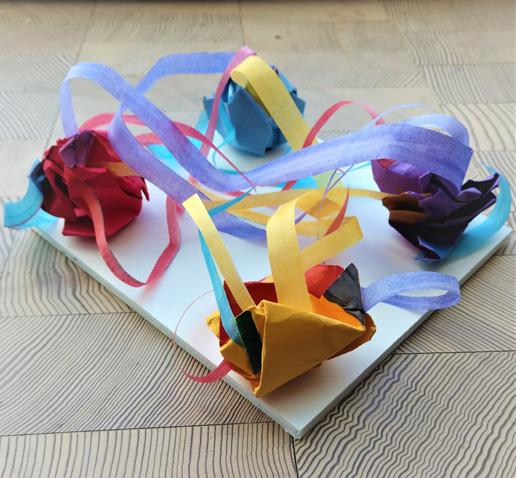
Education Galleries

A. Education
These galleries are set up in a more traditional format for the flexibility of exhibit layouts. This style allows visitors to view and learn about the history of cultural pieces face-to-face.

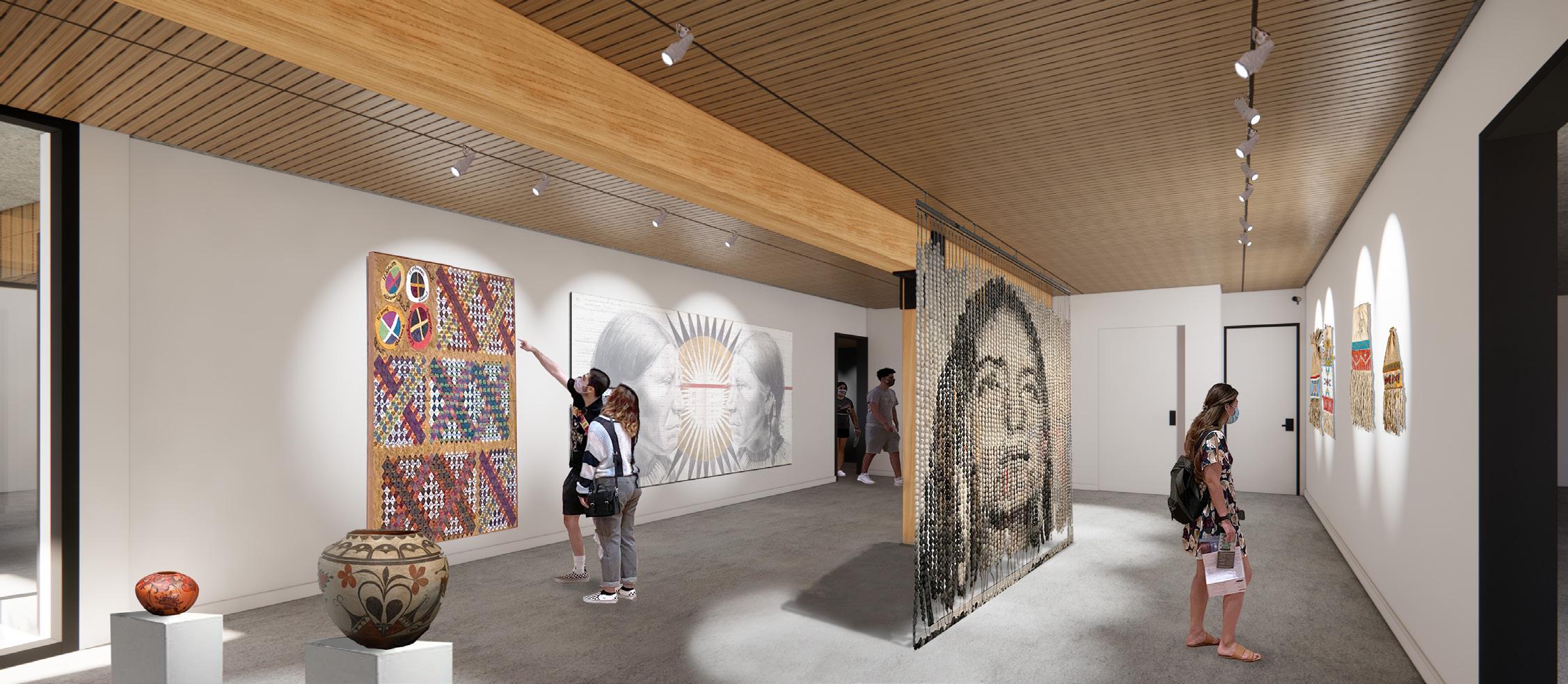
Interaction Galleries
B. Interaction
These galleries are equipped with ‘smart technology’ interfaces that encourages visitors to become more interactive and become more involved with their experience.
C. Exchange
Between each set of galleries is a space for visitors to converge into one space and reflect on what they had just learned. Small spaces for seating encourage visitors to exchange and discuss what resonated with them before proceeding.
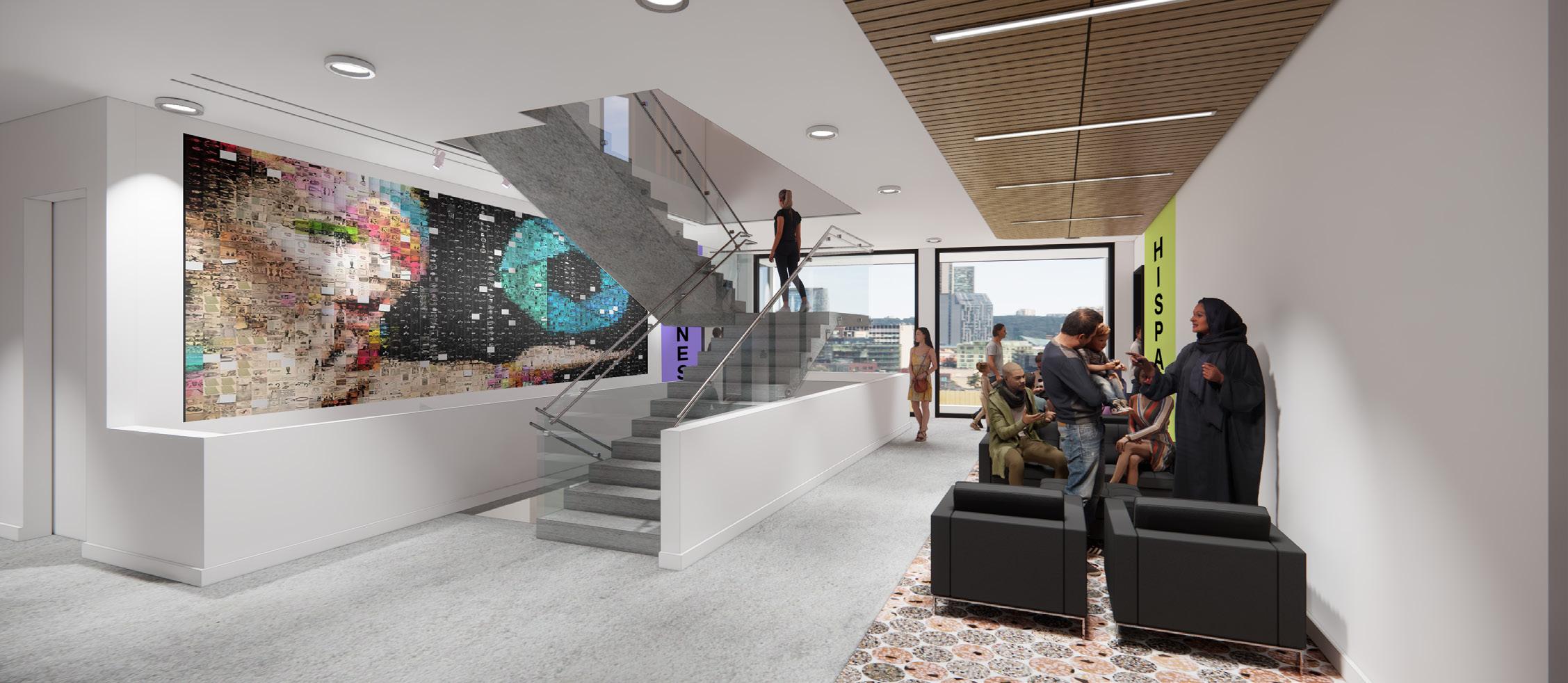


Reflection/Exchange


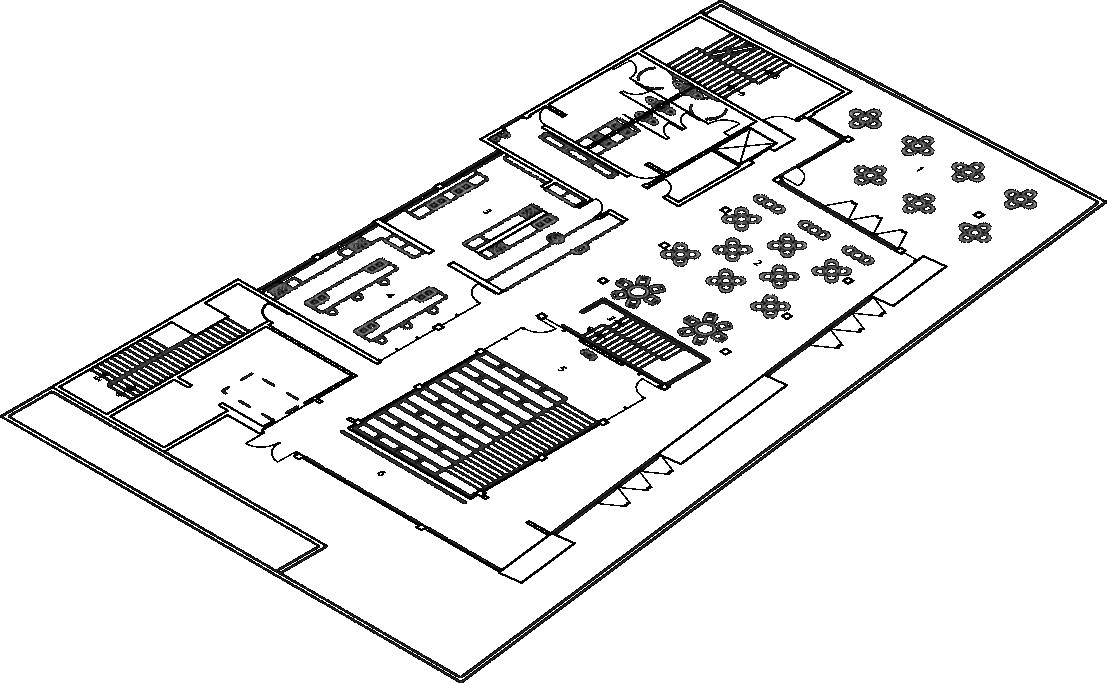
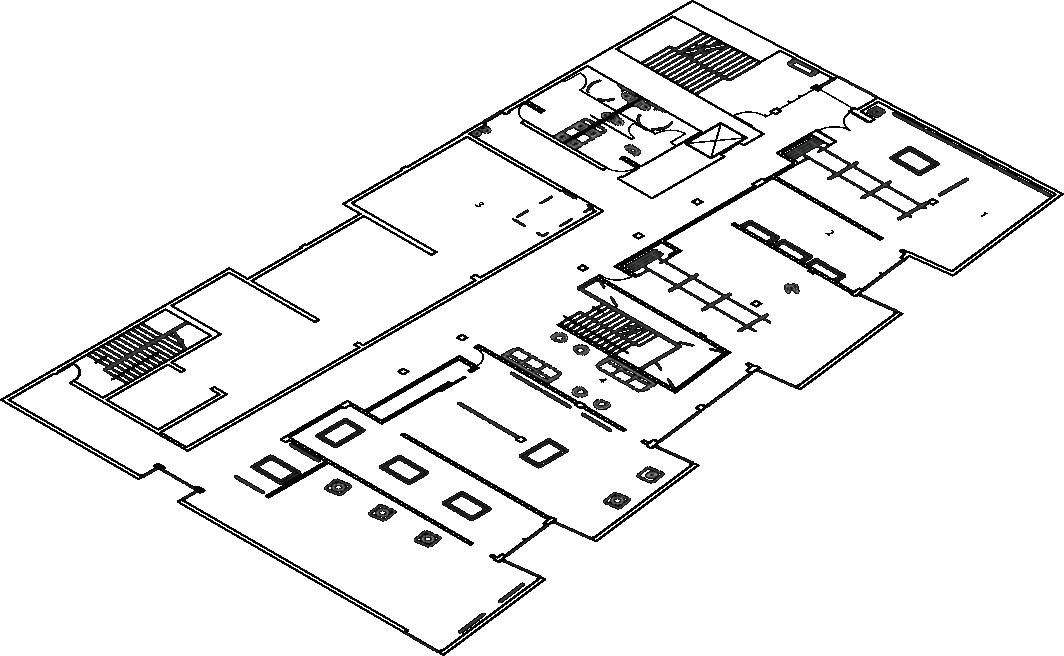
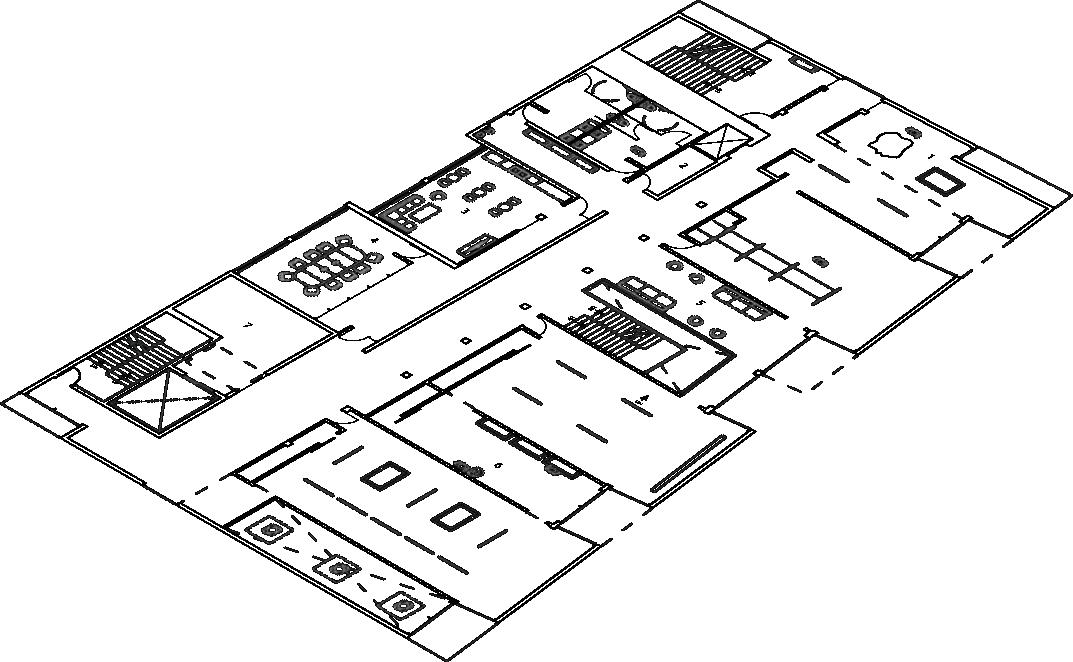
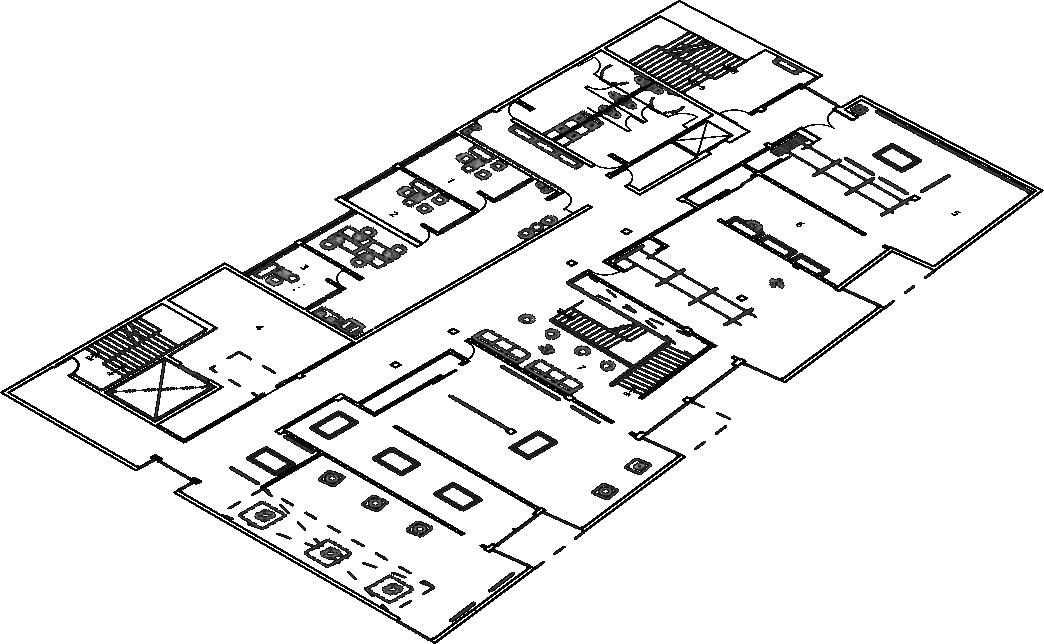

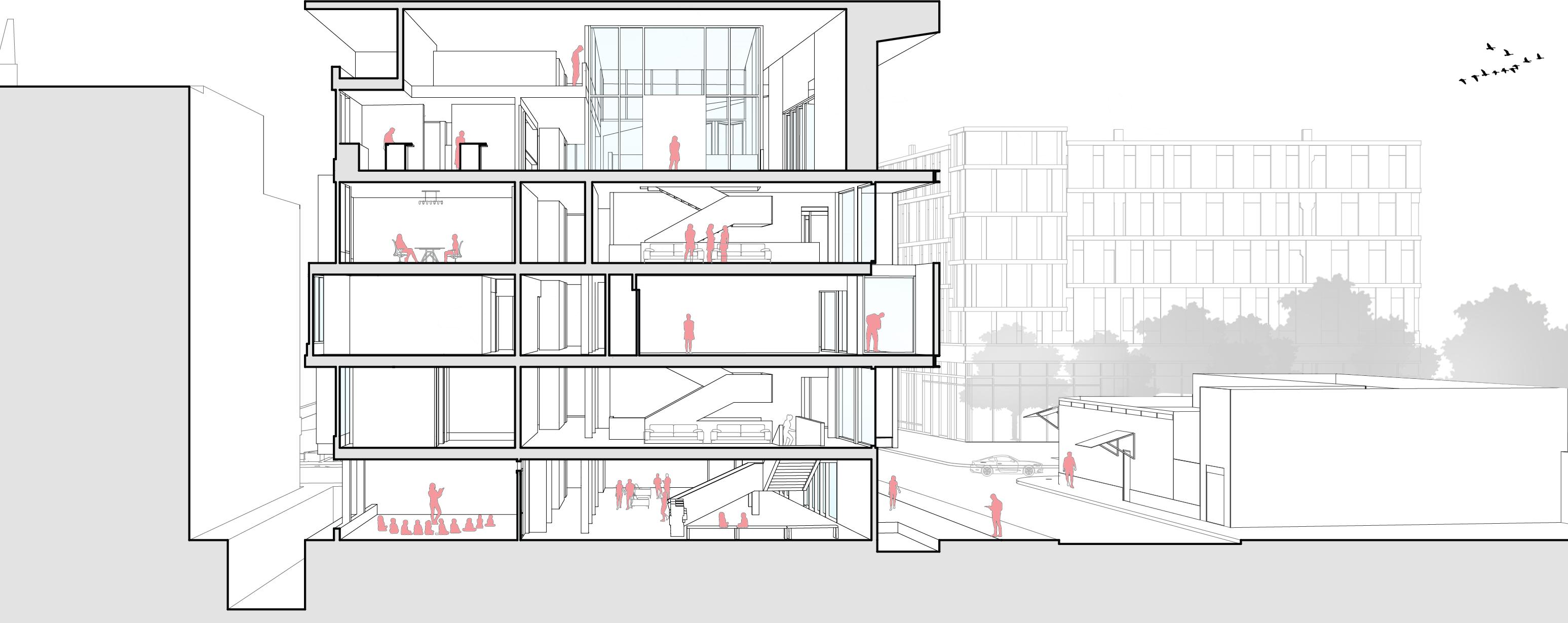
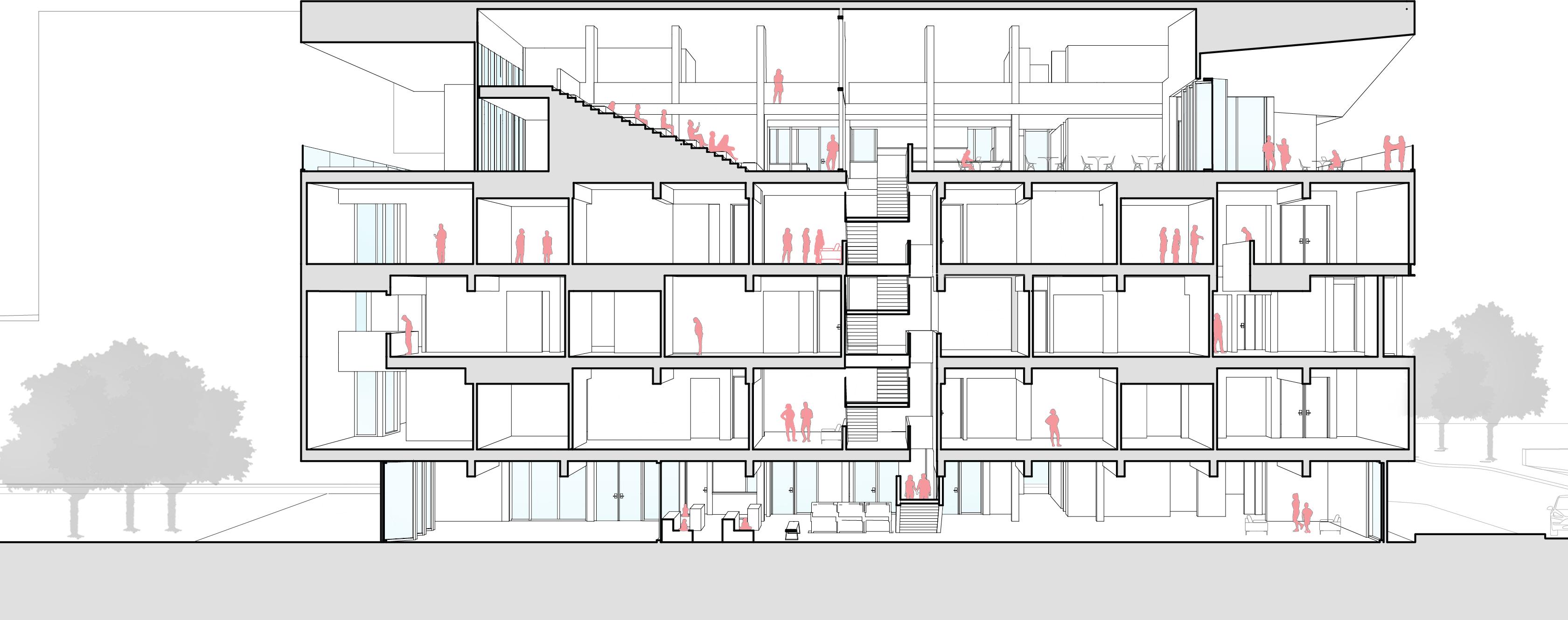
The Mezzanine
Food is one of the most exciting and enriching ways for people to become introduced to new cultures, and it is common across many cultures to participate in discussion with others at the table. Therefore, a teaching kitchen is incorporated to encourage people to share their experiences of the museum over a meal
Establish Connections

The Soffit on the museum was designed to be reflective for two main reasons. The first was to allow pedestrians to glance up and see activity occurring atop the museum and garner interest in exploring. The second was to support the essence of the museum about establishing connections, visual in this case, with people who they are unfamiliar with. Therefore, the museum always feels connected to the city as the city feels connected to the museum.
